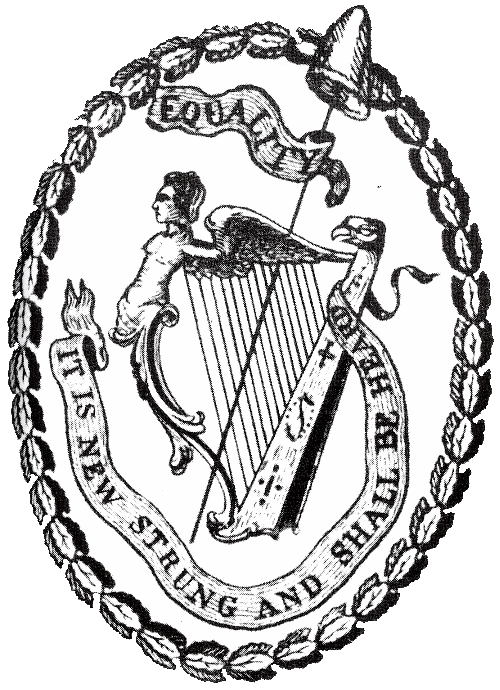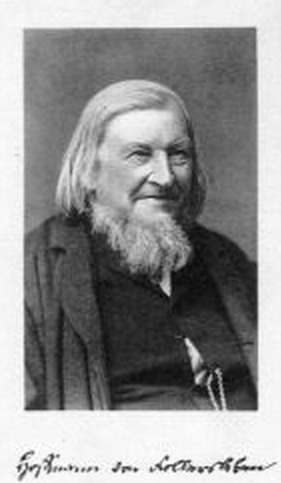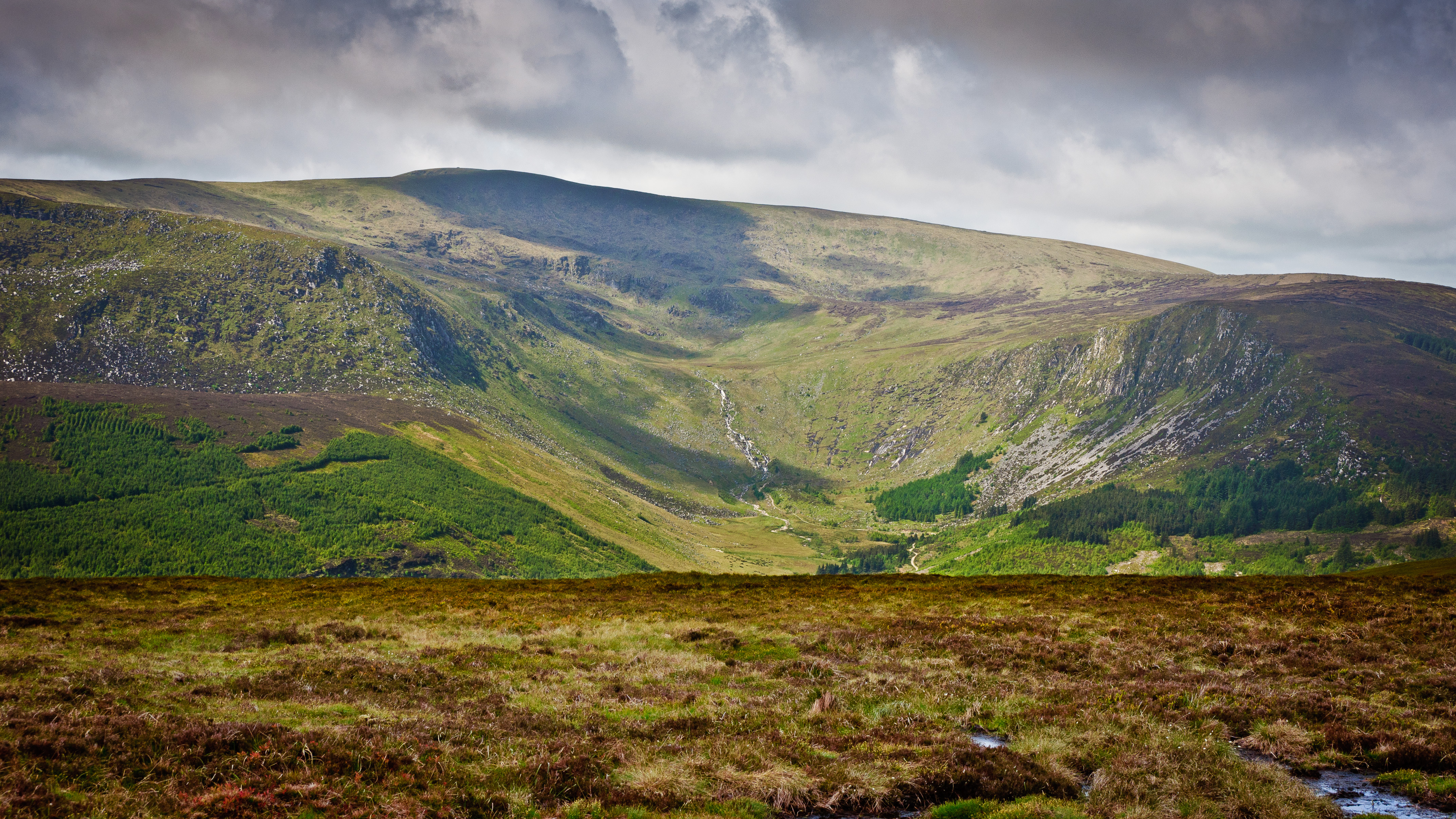|
Michael Reynolds (United Irishmen)
Michael Reynolds (–1798) was the leader of the United Irish Kildare rebels during the Battle of Naas. Life Reynolds was a farmer from Johnstown near Naas in County Kildare. Described by Madden as "a great man of muscular strength and activity, of a short stature and dark complexion and somewhat celebrated in the country for his horsemanship." At some point before 1798 Reynolds joined the United Irishmen, a secret society whose aim was to overthrow British rule and establish an independent, democratic republic in Ireland. Rebellion In March 1798, most of the leadership of the Leinster branch of the Society met at the house of Oliver Bond in Dublin. They were arrested here, causing the crippling of the organization. Many of its leaders, such as Russell and Thomas Addis Emmet, were already in prison, while others like Tone and Arthur O'Connor were away in Europe. Meanwhile, Lord Edward Fitzgerald was hiding within from a government net that was closing in around him. One of ... [...More Info...] [...Related Items...] OR: [Wikipedia] [Google] [Baidu] |
United Irishmen
The Society of United Irishmen was a sworn association in the Kingdom of Ireland formed in the wake of the French Revolution to secure "an equal representation of all the people" in a national government. Despairing of constitutional reform, in 1798 the United Irishmen instigated Irish Rebellion of 1798, a republican insurrection in defiance of British Crown forces and of Irish sectarianism, sectarian division. Their suppression was a prelude to the abolition of the Protestant Ascendancy Parliament of Ireland, Parliament in Dublin and to Ireland's incorporation in a United Kingdom of Great Britain and Ireland, United Kingdom with Kingdom of Great Britain, Great Britain. An attempt to revive the movement and renew the insurrection following the Acts of Union 1800, Acts of Union was Irish rebellion of 1803, defeated in 1803. Espousing principles they believed had been vindicated by American Revolutionary War, American independence and by the Declaration of the Rights of Man and ... [...More Info...] [...Related Items...] OR: [Wikipedia] [Google] [Baidu] |
The Brazen Head
The Brazen Head is a pub in Merchant's Quay, Dublin. It was built as a coaching inn in 1754, on the site of a merchant's dwelling dating back to at least 1613. Local tradition claims that the site has housed a tavern or alehouse since 1198, although there is no documentary evidence to support this. A Frommer's article suggests that it first received a licence to sell ale in 1661, and the first mention of it as an inn occurs in 1668. History Pre-17th century Archaeological excavation, during September—November 1989, of the land immediately adjacent to The Brazen Head demonstrated evidence that the area had been in use as early as the 13th century, when activities to reclaim the riverside marshland began. Wicker mats—used to establish foundations on the silted floodplain—and a section of post-and-wattle wall dating from the 13th century were found, along with many medieval pot sherds and other artefacts. Although The Brazen Head does not appear on H.B. Clarke's map of medieva ... [...More Info...] [...Related Items...] OR: [Wikipedia] [Google] [Baidu] |
People From County Kildare
A person ( : people) is a being that has certain capacities or attributes such as reason, morality, consciousness or self-consciousness, and being a part of a culturally established form of social relations such as kinship, ownership of property, or legal responsibility. The defining features of personhood and, consequently, what makes a person count as a person, differ widely among cultures and contexts. In addition to the question of personhood, of what makes a being count as a person to begin with, there are further questions about personal identity and self: both about what makes any particular person that particular person instead of another, and about what makes a person at one time the same person as they were or will be at another time despite any intervening changes. The plural form "people" is often used to refer to an entire nation or ethnic group (as in "a people"), and this was the original meaning of the word; it subsequently acquired its use as a plural form of per ... [...More Info...] [...Related Items...] OR: [Wikipedia] [Google] [Baidu] |
Irish Soldiers
Irish may refer to: Common meanings * Someone or something of, from, or related to: ** Ireland, an island situated off the north-western coast of continental Europe ***Éire, Irish language name for the isle ** Northern Ireland, a constituent unit of the United Kingdom of Great Britain and Northern Ireland ** Republic of Ireland, a sovereign state * Irish language, a Celtic Goidelic language of the Indo-European language family spoken in Ireland * Irish people, people of Irish ethnicity, people born in Ireland and people who hold Irish citizenship Places * Irish Creek (Kansas), a stream in Kansas * Irish Creek (South Dakota), a stream in South Dakota * Irish Lake, Watonwan County, Minnesota * Irish Sea, the body of water which separates the islands of Ireland and Great Britain People * Irish (surname), a list of people * William Irish, pseudonym of American writer Cornell Woolrich (1903–1968) * Irish Bob Murphy, Irish-American boxer Edwin Lee Conarty (1922–1961) * Irish McCal ... [...More Info...] [...Related Items...] OR: [Wikipedia] [Google] [Baidu] |
1798 Deaths
Events January–June * January – Eli Whitney contracts with the U.S. federal government for 10,000 muskets, which he produces with interchangeable parts. * January 4 – Constantine Hangerli enters Bucharest, as Prince of Wallachia. * January 22 – A coup d'état is staged in the Netherlands ( Batavian Republic). Unitarian Democrat Pieter Vreede ends the power of the parliament (with a conservative-moderate majority). * February 10 – The Pope is taken captive, and the Papacy is removed from power, by French General Louis-Alexandre Berthier. * February 15 – U.S. Representative Roger Griswold (Fed-CT) beats Congressman Matthew Lyon (Dem-Rep-VT) with a cane after the House declines to censure Lyon earlier spitting in Griswold's face; the House declines to discipline either man.''Harper's Encyclopaedia of United States History from 458 A. D. to 1909'', ed. by Benson John Lossing and, Woodrow Wilson (Harper & Brothers, 1910) p171 * March &nd ... [...More Info...] [...Related Items...] OR: [Wikipedia] [Google] [Baidu] |
1770s Births
Year 177 ( CLXXVII) was a common year starting on Tuesday (link will display the full calendar) of the Julian calendar. At the time, it was known as the Year of the Consulship of Commodus and Plautius (or, less frequently, year 930 ''Ab urbe condita''). The denomination 177 for this year has been used since the early medieval period, when the Anno Domini calendar era became the prevalent method in Europe for naming years. Events By place Roman Empire * Lucius Aurelius Commodus Caesar (age 15) and Marcus Peducaeus Plautius Quintillus become Roman Consuls. * Commodus is given the title ''Augustus'', and is made co-emperor, with the same status as his father, Marcus Aurelius. * A systematic persecution of Christians begins in Rome; the followers take refuge in the catacombs. * The churches in southern Gaul are destroyed after a crowd accuses the local Christians of practicing cannibalism. * Forty-seven Christians are martyred in Lyon (Saint Blandina and Pothinus, bishop ... [...More Info...] [...Related Items...] OR: [Wikipedia] [Google] [Baidu] |
Anthony Perry
Anthony Perry (c. 1760– 21 July 1798), known as the "''screeching general''" was one of the most important leaders of the United Irish Wexford rebels during the 1798 rebellion. Background Perry was born in County Down, Ireland to a Protestant family and lived a prosperous life at Inch, near the Wexford/Wicklow border as a gentleman farmer. He enlisted in the local yeomanry corps as a second lieutenant responding to the Governments appeal to save the kingdom from radicalism during the height of anti- Jacobin paranoia in the mid-1790s. He took the United Irish Oath in 1797 and was made a colonel. As a United Irish colonel, Perry was responsible for the organisation and recruitment of the movement in north Wexford. A measure of this success was evident by the fact that the brutal coercion campaign unleashed by the Government 1797–98 did not identify Wexford as a United Irish stronghold until barely a month before the eventual outbreak. Arrest and torture The arrival of ... [...More Info...] [...Related Items...] OR: [Wikipedia] [Google] [Baidu] |
County Wicklow
County Wicklow ( ; ga, Contae Chill Mhantáin ) is a county in Ireland. The last of the traditional 32 counties, having been formed as late as 1606, it is part of the Eastern and Midland Region and the province of Leinster. It is bordered by the Irish Sea to the east and the counties of Wexford to the south, Carlow to the southwest, Kildare to the west, and South Dublin and Dún Laoghaire–Rathdown to the north. Wicklow is named after its county town of Wicklow, which derives from the name (Old Norse for "Vikings' Meadow"). Wicklow County Council is the local authority for the county, which had a population of 155,258 at the 2022 census. Colloquially known as the "Garden of Ireland" for its scenerywhich includes extensive woodlands, nature trails, beaches, and ancient ruins while allowing for a multitude of walking, hiking, and climbing optionsit is the 17th largest of Ireland's 32 counties by area and the 15th largest by population. It is also the fourth largest of Lein ... [...More Info...] [...Related Items...] OR: [Wikipedia] [Google] [Baidu] |
Newgate Prison, Dublin
Newgate Prison () was a place of detention in Dublin, Ireland. It was initially located at Cornmarket, near Christ Church Cathedral, on the south side of the Liffey and was originally one of the city gates before being moved to a new purpose built prison on Green Street on the North side of the city in 1781. The prison finally closed in 1863 while the building was demolished in 1893. The site today contains Saint Michan's Park while the remains of the prison's boundary walls still form part of the boundary of the park. History From city gate to prison The exact date of construction of the New Gate is uncertain but it is recorded in 1188. From 1485 this city gate, which marked the western boundary, was used as Dublin's main prison. It was 180 feet (55 m) south of another gate, Brown's Castle, which would also become a place of detention known as the Black Dog while the nearby Tholsel was also used as a jail and debtors prison at various times. 18th century relocation Betwee ... [...More Info...] [...Related Items...] OR: [Wikipedia] [Google] [Baidu] |
Wicklow Mountains
The Wicklow Mountains (, archaic: ''Cualu'') form the largest continuous upland area in the Republic of Ireland. They occupy the whole centre of County Wicklow and stretch outside its borders into the counties of Dublin, Wexford and Carlow. Where the mountains extend into County Dublin, they are known locally as the Dublin Mountains (''Sléibhte Bhaile Átha Cliath''). The highest peak is Lugnaquilla at . The mountains are primarily composed of granite surrounded by an envelope of mica-schist and much older rocks such as quartzite. They were pushed up during the Caledonian orogeny at the start of the Devonian period and form part of the Leinster Chain, the largest continuous area of granite in Ireland and Britain. The mountains owe much of their present topography to the effects of the last ice age, which deepened the valleys and created corrie and ribbon lakes. Copper and lead have been the main metals mined in the mountains and a brief gold rush occurred in the 18th century ... [...More Info...] [...Related Items...] OR: [Wikipedia] [Google] [Baidu] |
Samuel Neilson
Samuel Neilson (17 September 1761 – 29 August 1803) was an Irish businessman, journalist and politician. He was a founding member of the Society of United Irishmen and the founder of its newspaper, the Northern Star (newspaper of the Society of United Irishmen), ''Northern Star''. Along with many other Irish Protestant, Protestants of Belfast he was radicalised by the French Revolution. In 1797 he was arrested and the ''Northern Star'' suppressed by the Irish authorities. In prison during 1798, he took no part in the Irish Rebellion of 1798, failed rebellion of that year. Later he went into exile in the United States, where he died of yellow fever. Background Neilson was born in Ballyroney, County Down in the north of Ireland, the son of Presbyterian Minister (Christianity), minister Alexander, and Agnes Neilson and was therefore a "son of the manse".Dickson p.216 He was educated locally, but like many of his contemporaries was influenced by Whigs (British political party), Engli ... [...More Info...] [...Related Items...] OR: [Wikipedia] [Google] [Baidu] |
George Cummins (United Irishmen)
George Cummins (1768/1770 – 1830), also spelt George Cummings, was a Scotch-Irish Americans, Scotch-Irish American, active in Kingdom of Ireland, Ireland in the revolutionary Society of United Irishmen and following his return to the United States after the Irish Rebellion of 1798, in the politics of the Democratic-Republican Party. Life Cummins was born in North Carolina in either 1768 or 1770 to a wealthy Scotch-Irish American landowning family who had emigrated to America in the early 1700s. With ties across the Atlantic, his family owned lands in Ireland as well as America. When he was about 22 years old, he inherited land in County Down, Ireland, and moved there permanently. As an aspiring apothecary, he attended medical college in Edinburgh & studied to become a doctor. After graduating he removed to Kildare to practice his apothecary trade. The United Irishmen Inspired by American Revolution, American independence and by Thomas Paine's defence of the French Revolution, ... [...More Info...] [...Related Items...] OR: [Wikipedia] [Google] [Baidu] |

_1938.jpg)





